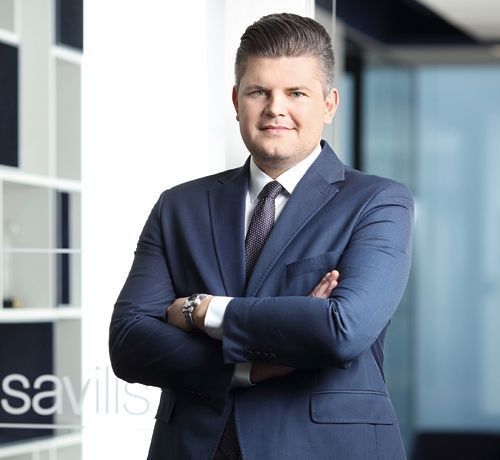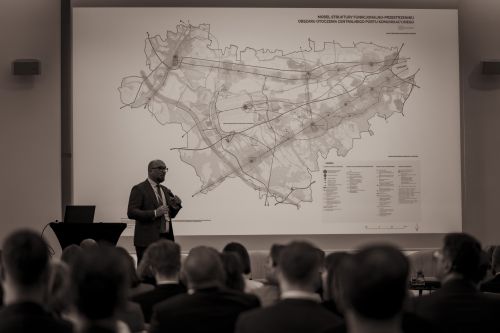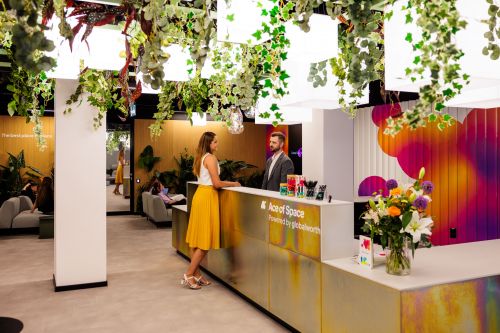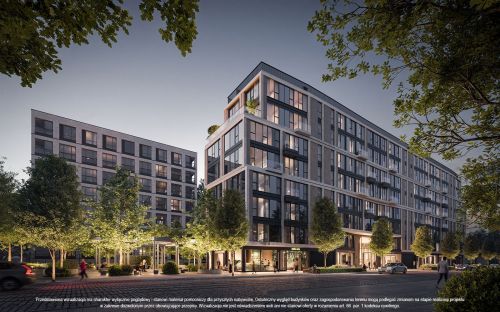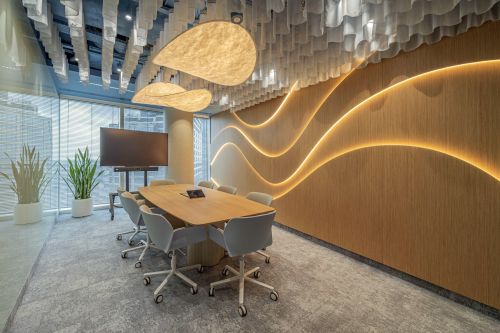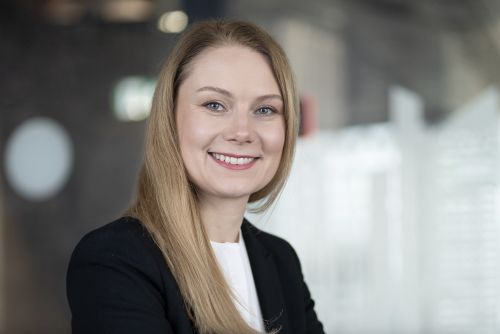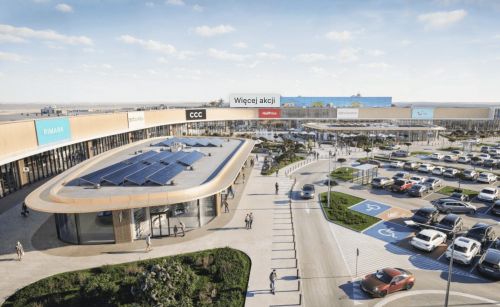Ewa Andrzejewska ‘Eurobuild Central & Eastern Europe’: Recently there have been changes in the landlord representation division of your office department including your recent promotion and...
Daniel Czarnecki, director, Savills’ office agency, landlord representation: We have in fact decided to strengthen our structures in the regions. Rafał Oprocha is joining us and will be responsible for the Kraków and Wrocław markets, but he will also eventually take care of a third city, Katowice. We have high hopes for these changes. We believe in the development of the regions because the Kraków and Wrocław markets are at a stage of rapid growth and we want to take advantage of this. As far as Poznań is concerned, we have a regional representative there, Piotr Skuza, who knows the local market well and has successfully closed many transactions. In the TriCity, meanwhile, we are seeing the highest demand for consultancy services from tenants, which is being handled b
